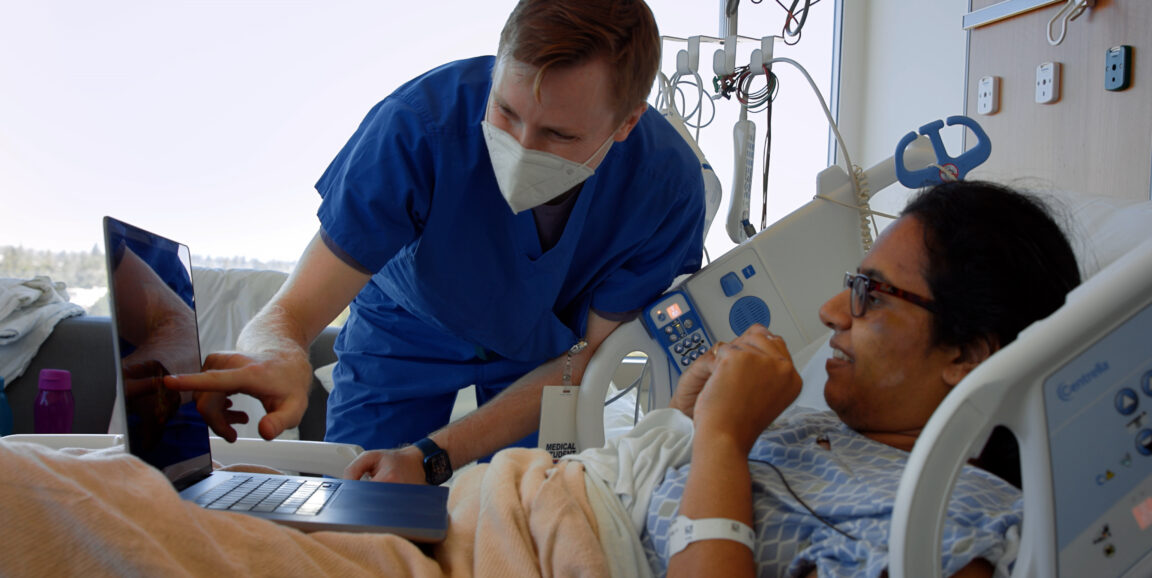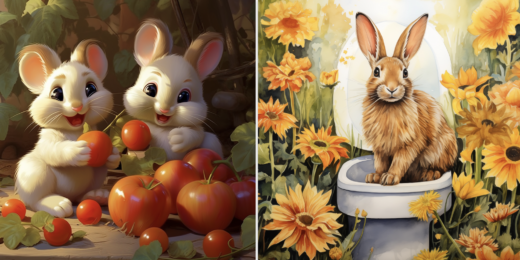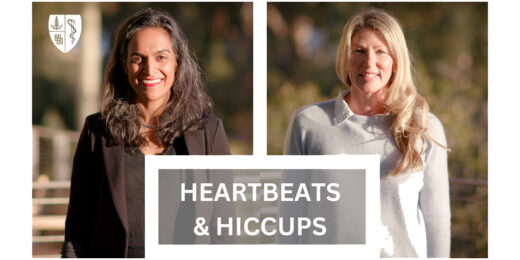In this We Are Stanford Med series, meet individuals who are shaping the future of medicine. They hail from all over the globe and come to Stanford Medicine carrying big ideas and dreams.
Brian Smith thinks a lot about the powerful intention of words. As he navigates his second year of medical school at Stanford Medicine, he is continuously drawn to the impact that language and personal interaction wield in the realm of healing and patient care.
Even as a kid, Smith recognized the importance of nuanced communication. He was born in Houston, but grew up in Europe, where he was exposed to multiple cultures, beliefs and languages. "It gave me the chance to connect with a lot of people, but also a hyper-awareness of how I talk to people and make word choices," he said. "That I'm making people feel seen and heard -- that I'm not misconstruing something."
Smith was drawn to both the sciences and humanities thanks to his parents. The science part came from his dad, a former NASA astronaut who completed four space shuttle missions, performed seven space walks and oversaw the repair of the Hubble Space Telescope. His love of language and personal connection came from his mom, who just retired after seven years directing sustainability at LinkedIn.
Medicine was a way of connecting both passions. "With medicine I could have the intellectual curiosity, but also the chance to talk with people and enjoy the human experience."
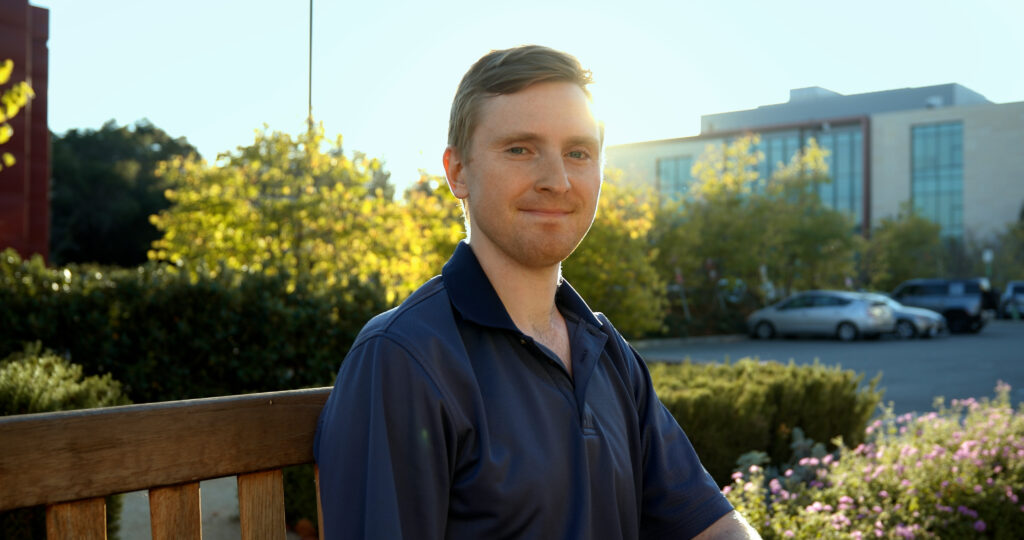
At Stanford Medicine, Smith has taken the opportunity to delve into the medical humanities. Prior to entering medical school, he worked as an oncology scribe at Stanford Health Care's South Bay Cancer Center, where he listened to patient encounters and recorded their histories, symptoms and physical examinations. Through the practice of narrative medicine, he said he saw the importance of "giving people the autonomy to define their story and symptoms."
In recent months, Smith has been looking at the intersection of art and medicine through the Portrait Project, which started as a nascent idea from Stanford's Medicine and the Muse program. The concept was to pair artistic medical students with willing patients to create portraits in an effort to learn whether art could aid in their healing and recovery process at the hospital.
Smith loved the idea and thought it was worth adding AI image-generating software to the process because it would take less time and involve patients in the process. During the portrait session, Smith sits down with patients and asks questions about what's important to them and brings them a sense of calm and peace. Then together they create a portrait almost instantaneously.
At the end of the session, Smith hopes the patients will leave with both a joyful piece of art and a memorable one-on-one experience with their medical provider. "Just being present and sitting down with a person can be day-changing or even life-changing," he said.
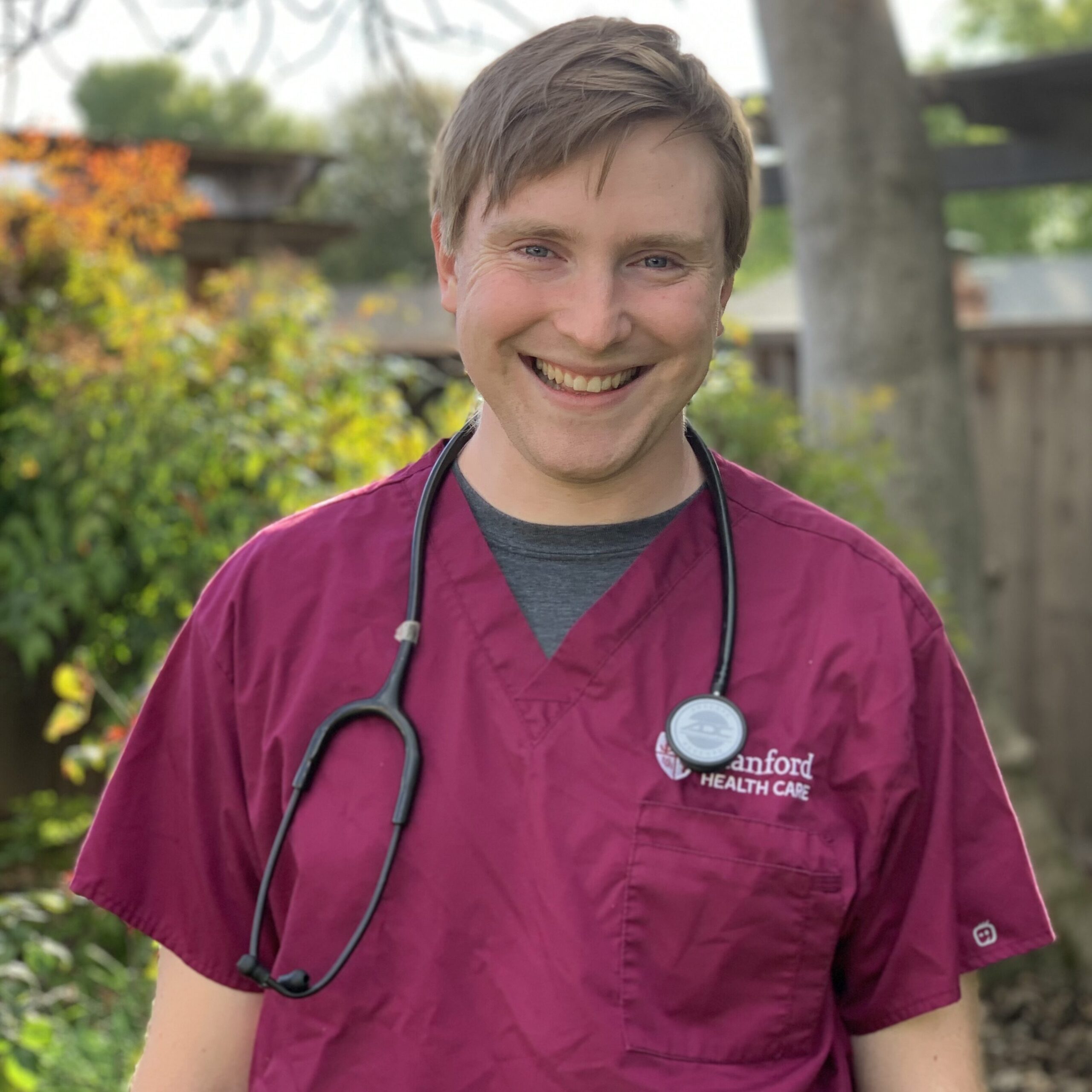
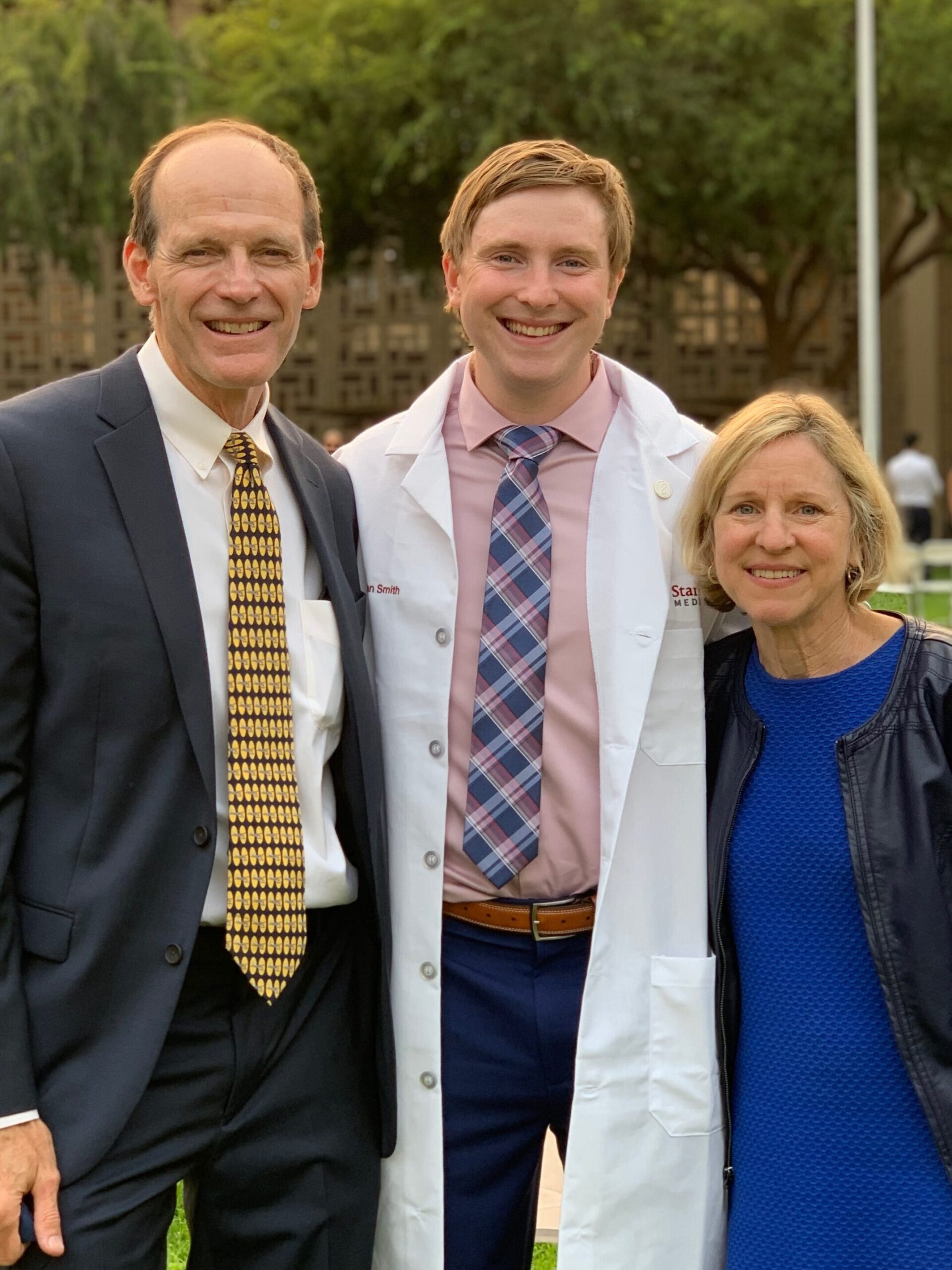
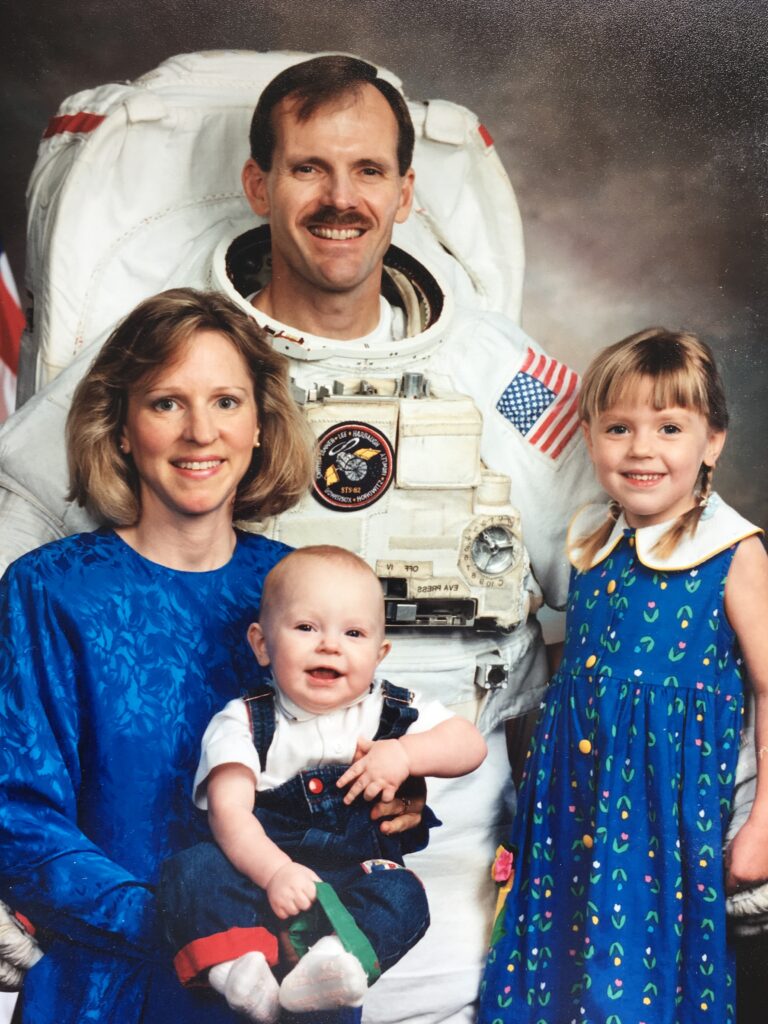
As Smith determines the type of physician he aspires to become, the medical humanities and efforts like the Portrait Project will continue to mold his vision of what a doctor should be to a patient. Beyond good medical care, he wants to be a physician who makes patients feel safe and be someone they can turn to.
"As I go through medical training, I see what is normal getting redefined," he said. "And the patients I've worked with seem to recognize the meaningfulness of that and really appreciate it."
Read more We Are Stanford Med stories here; and watch the video series here.


